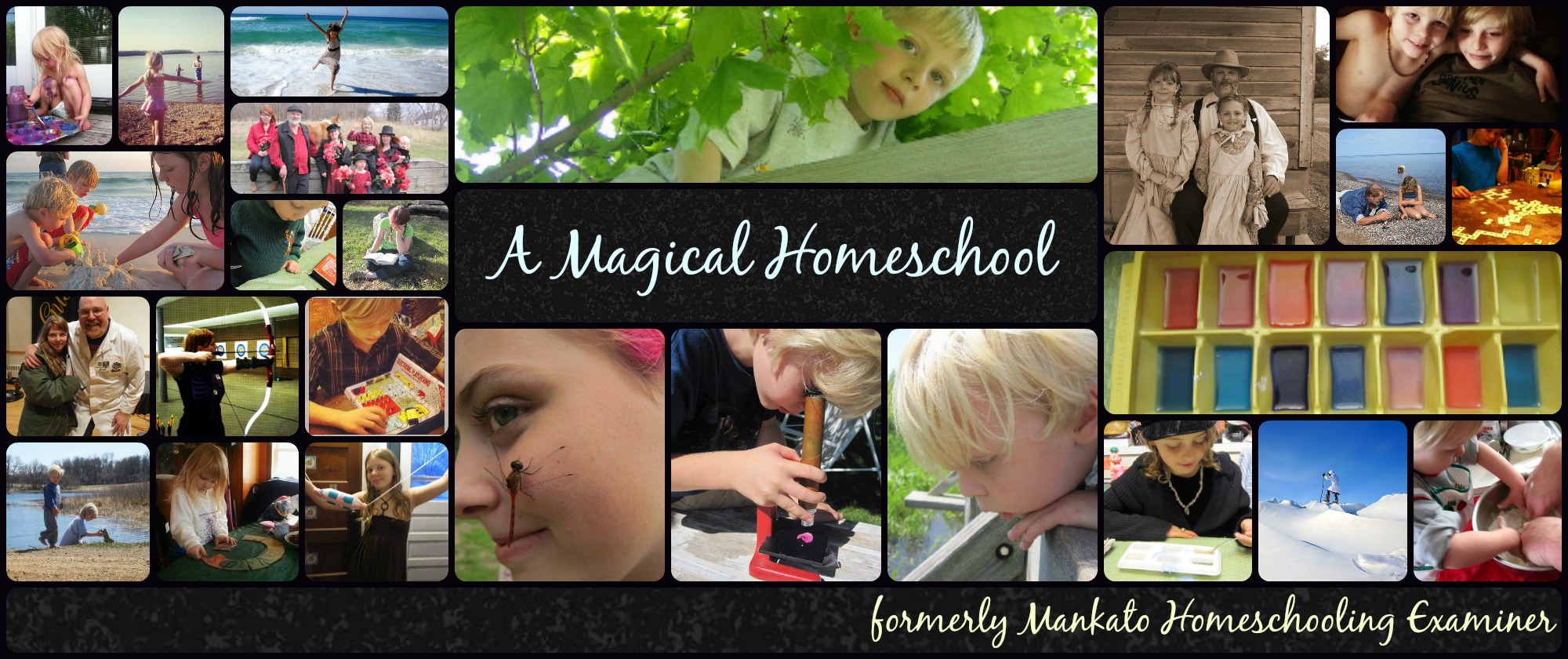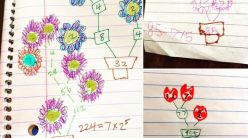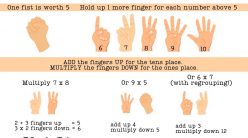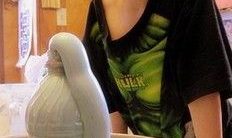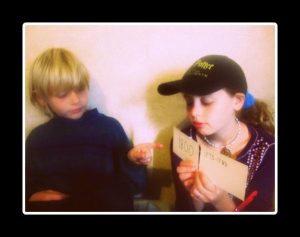
Here’s an fun and effective way to help kids learn history and get an idea for when things happened in relation to each other. Make a timeline game!
Here’s all you do:
First, find a timeline of history that includes events you want to teach about. This site has collections of timelines of people, places and events. You can find timelines about the US or world, evolutionary periods, the Bible, the Periodic Table, inventions, wars, and much more. For Native American history, you may want to consult more thorough sites such as this one and this one (be sure to research the tribes in your area for more complete and more accurate timelines of native history near you, and always try to find timelines created by the people whose history they tell). You may also want to add family history (such as when your ancestors arrived in the United States) and other events that are relevant to your children.
Then highlight a number of the most important or interesting events, and have children copy them onto one side of an index card (without the dates). Have the children write the dates on the opposite sides. You can write these out yourself, but putting the kids in charge will also lead to handwriting and spelling practice. If you like, you can invite the kids to draw pictures on the event side, or you can print out images to add.
How to use the cards:
There are many ways to use your timeline cards to teach history, but here are a few ideas.
- Shuffle them and have the kids place them all event-up (dates down) and try to put them in order.
- Put them date-up and have children take turns picking a date, naming what happened, and turning it over to see if they’re right. If they’re right, they keep the card. The child with the most cards at the end wins.
- Give the kids a chance to look at all of the cards and dates, and then equally divide them. Have each child select two of their cards to hold up (date showing the opponent) at a time. The other child gets to guess what happened for one of the dates (either one). If right, the child gets that card. The child with the most cards at the end of the game wins.
- Put the cards in a stack, events facing up, and give each player five cards. Instruct the players not to turn their cards over to look at the dates. Take turns putting the cards down on the table in the order the players think they occurred, checking dates as you place them. If the players are right about what order each card goes down in relation to the ones already down, they keep the card down and the next person lays a card down. If they’re wrong, they put it in the right place and draw a new card. The player who runs out of cards first wins.
- Keep the cards in a recipe box and make a new one each week to add in. Learn about inventors, Native American leaders, authors and other famous people, for instance, and then have the kids file them in the proper place.
Tips:
- Start small, with the most important dates and events.
- As you take field trips or learn new history, make up a card for your time card set.
- For a temporary visual display, drape a rope or ribbon across a wall and use clothespins to pin up the cards in order.
- Don’t obsess about specific dates and details. It is not nearly as important for children to know the exact date of a battle as it is for them to understand why the battle mattered and be able to put it in context with other state, national and world history.
Have fun!
***
Want to support our site?
Treat yourself to something on Amazon!
You deserve it, and it will help us out.
It’s a win-win! 😉
This site is an affiliate for Amazon.com. Purchases made through this link will earn us a small commission, at no extra charge to you.
***
This article originally appeared on examiner.com
